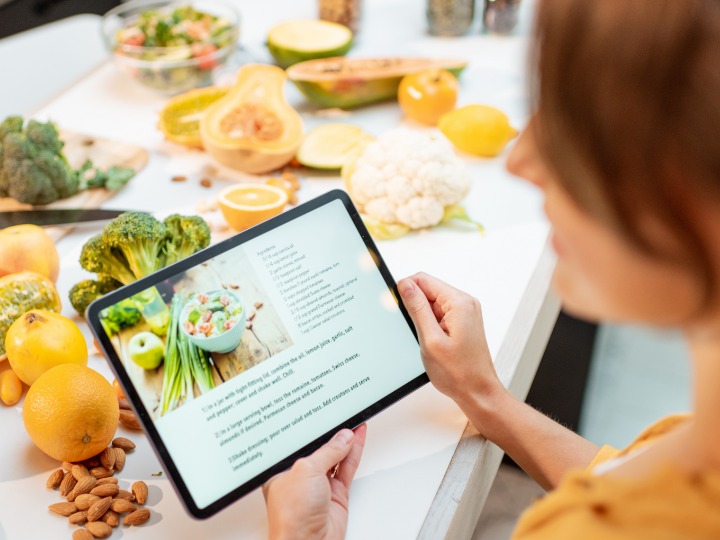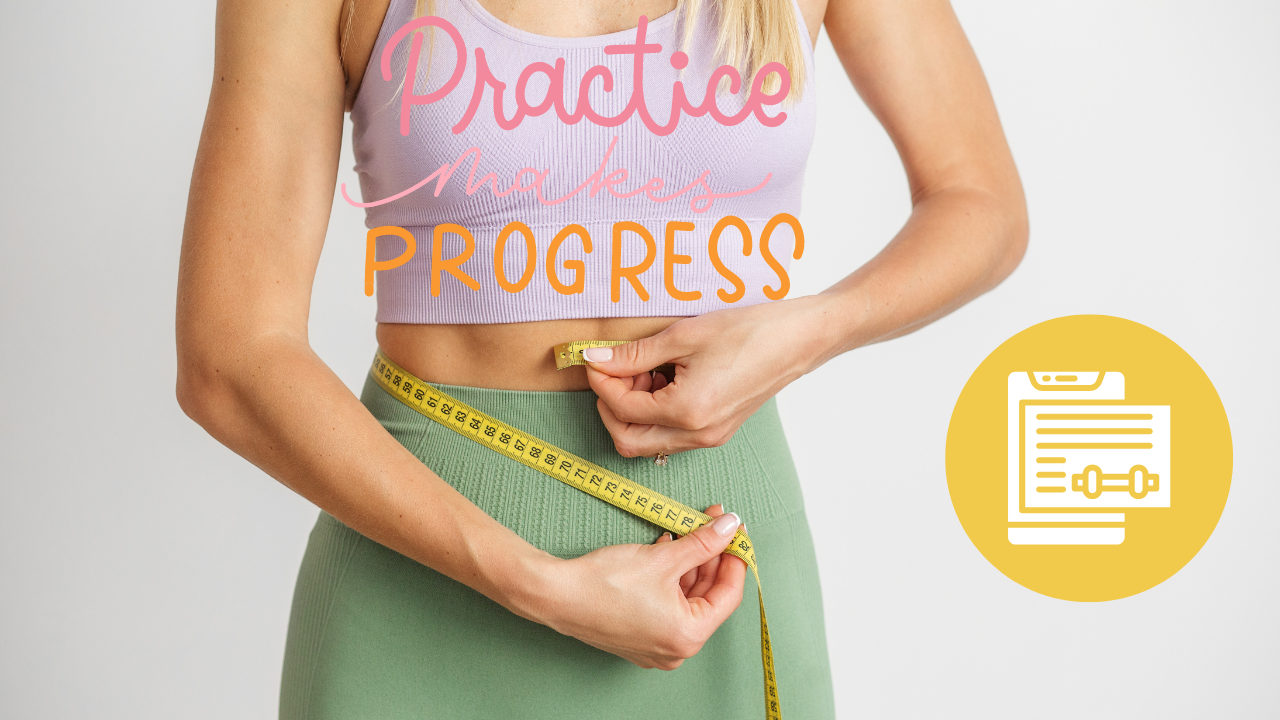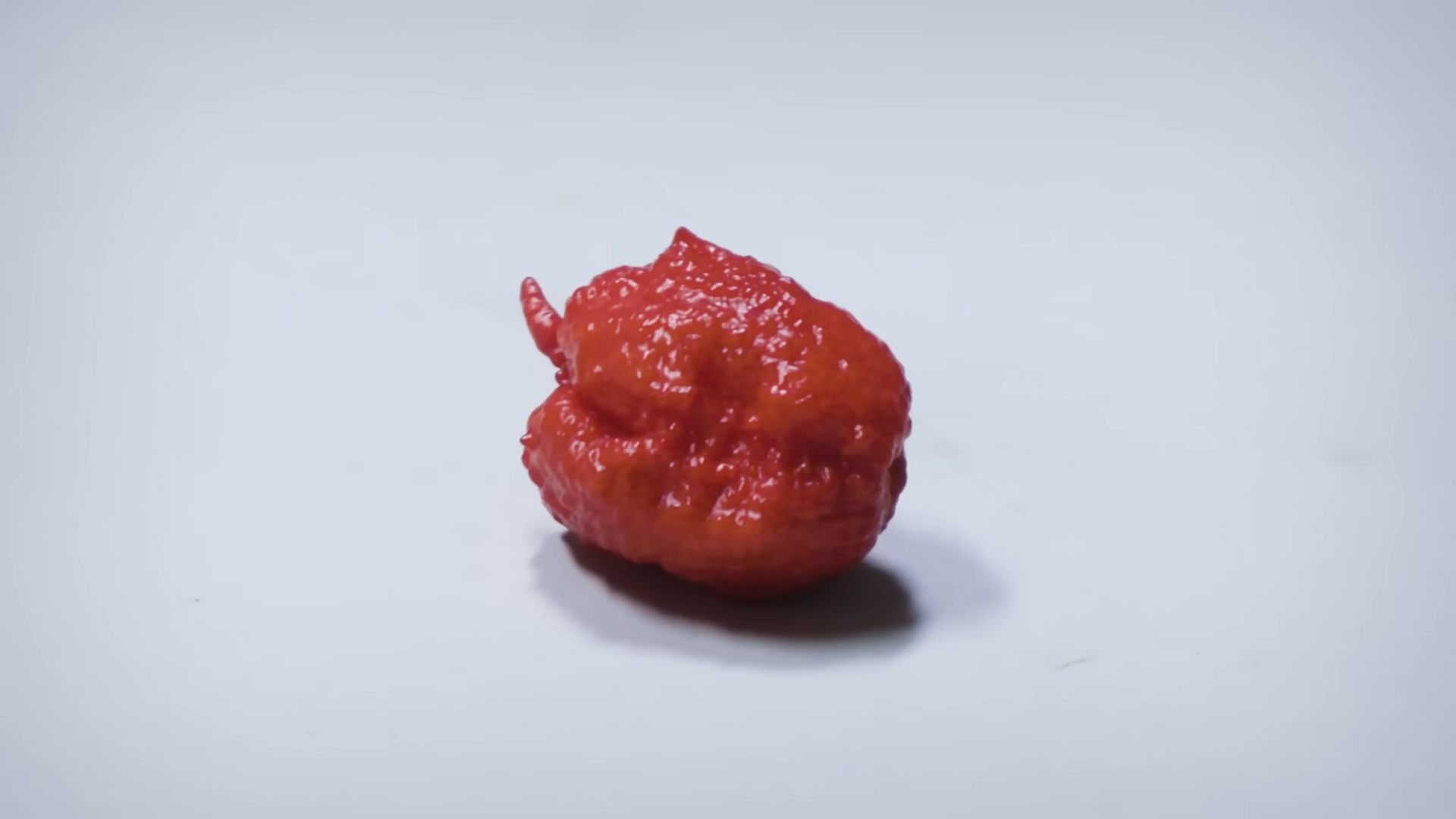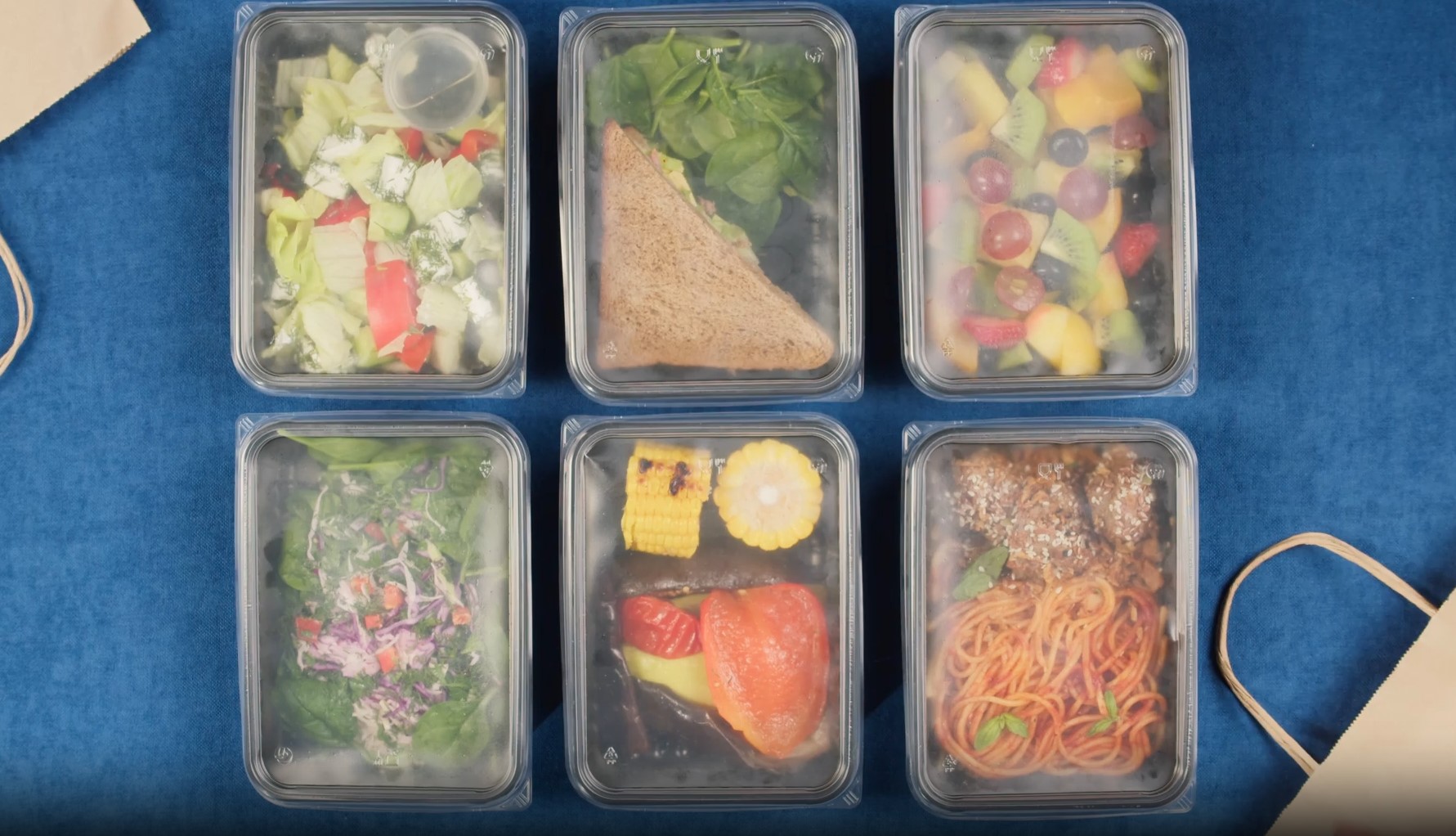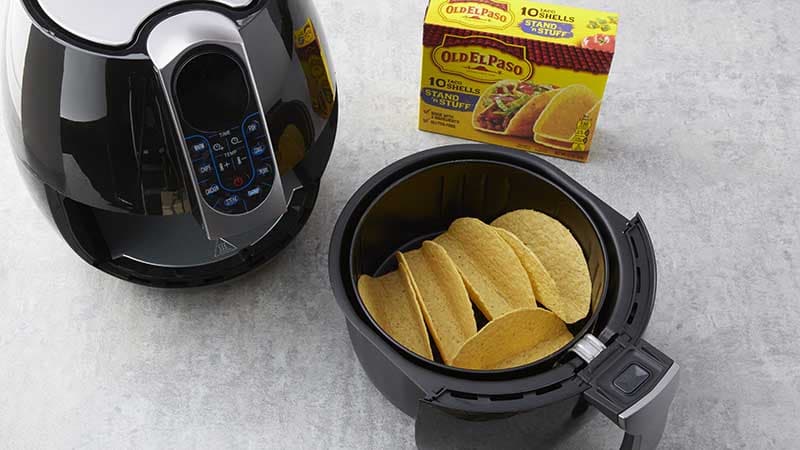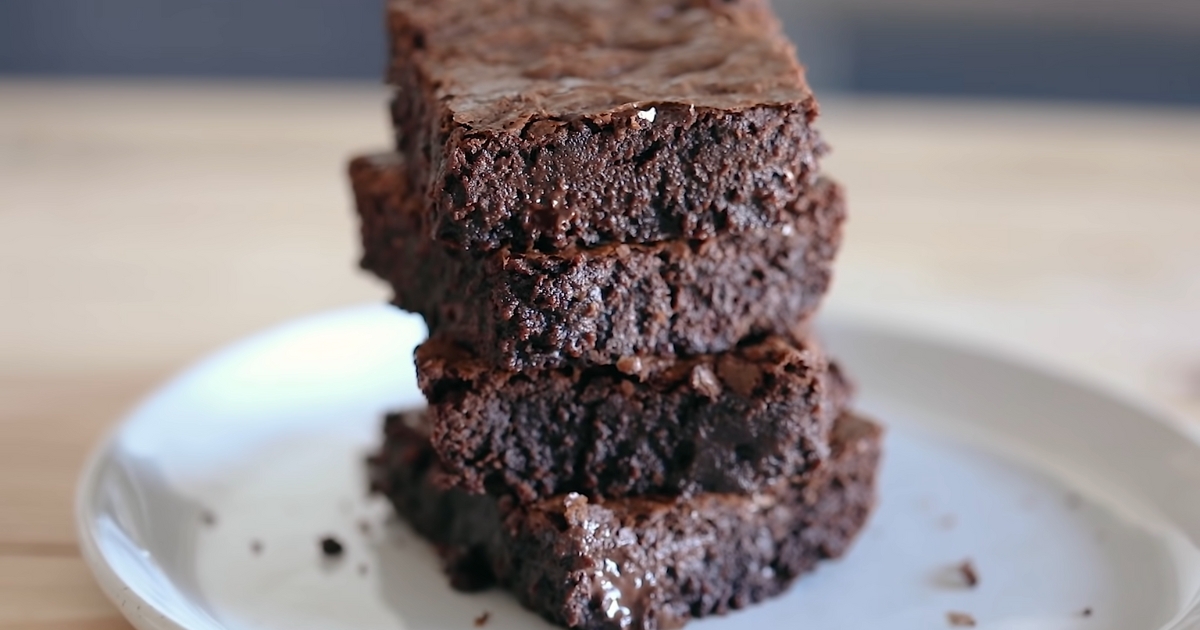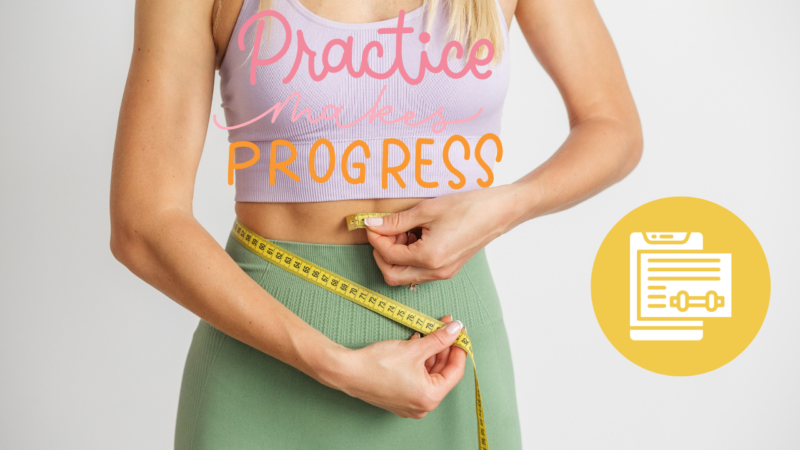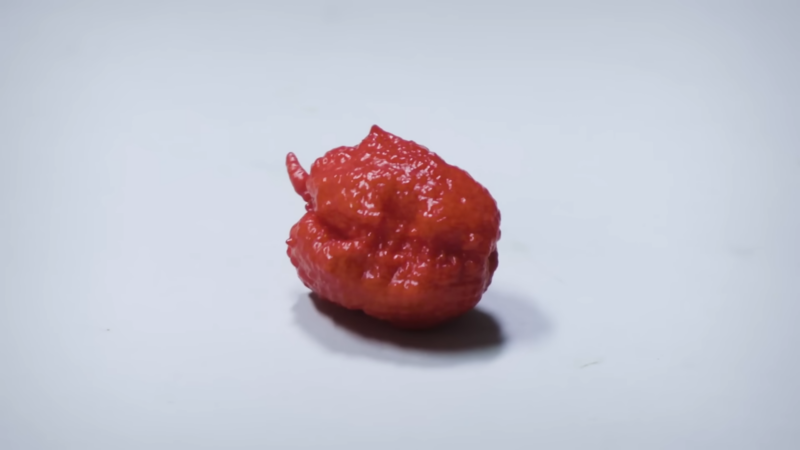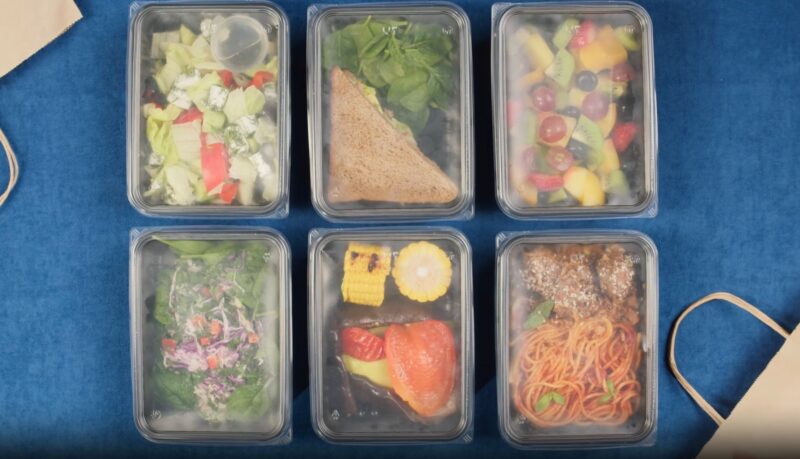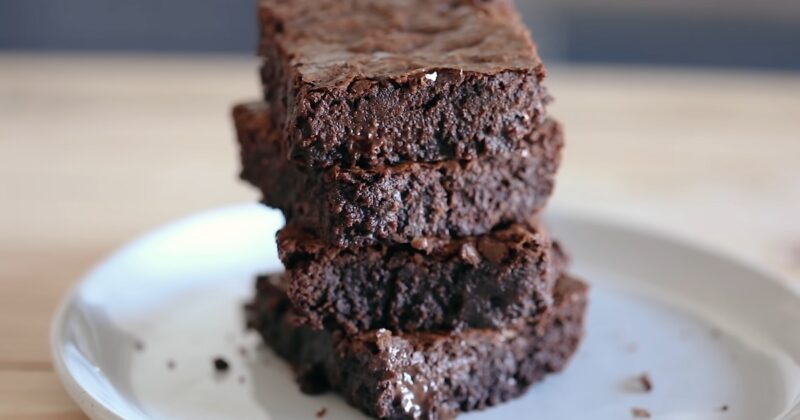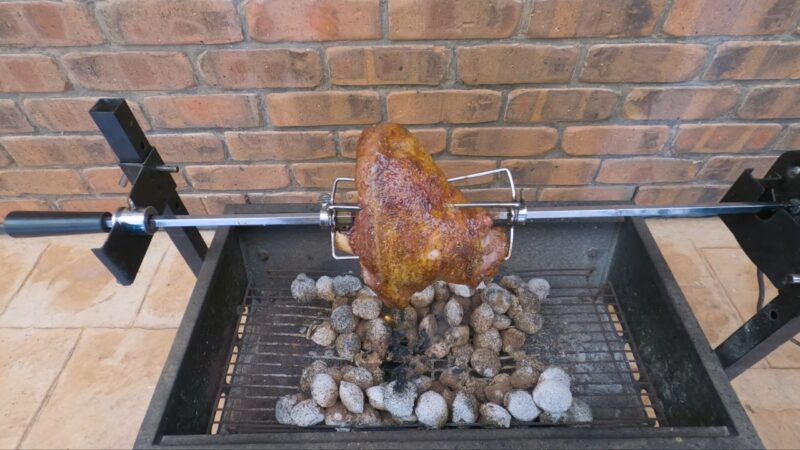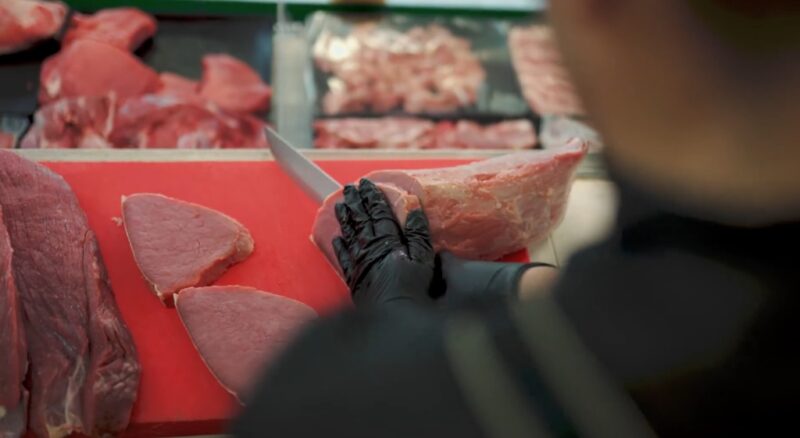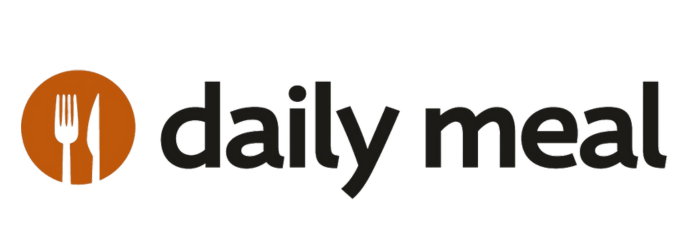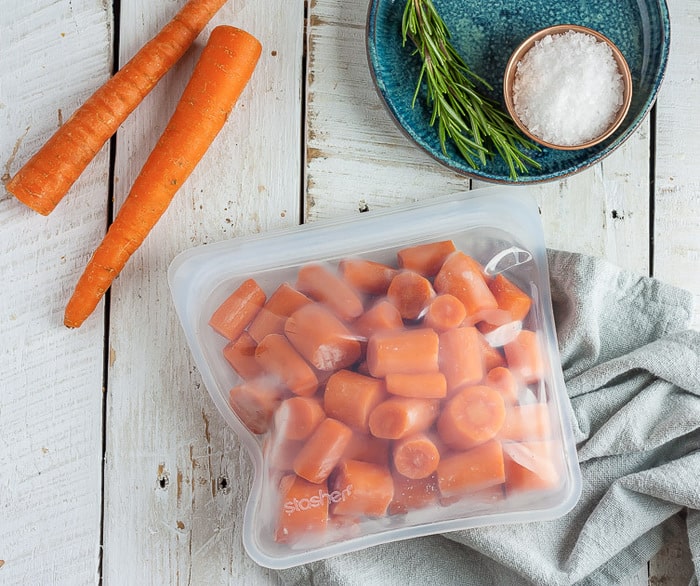
We’ve all been there – you buy a bag of fresh, vibrant carrots with the best intentions to use them, but life gets busy, and they end up lingering in the fridge.
That’s where the ultimate freezing dilemma comes in: Should you freeze them as they are, raw and crunchy, or should you give them a quick cook before sending them into the frosty depths of your freezer?
Don’t worry, we’ve got your back! Today we’ll break down the age-old question and help you discover the most effective way to freeze these vegetables while keeping their flavor and texture intact.
Why Freeze Carrots?
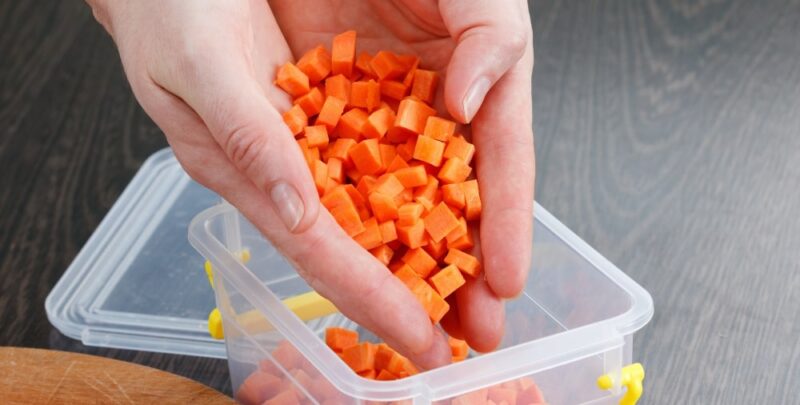
Carrots are a nutritional powerhouse. They’re rich in essential nutrients like beta-carotene, which gives them their distinctive orange hue, fiber for digestive health, and a host of antioxidants that combat free radicals.
By freezing them, you ensure that these nutrients are locked in, and you have a ready-to-use, healthy ingredient for a variety of dishes, from soups and stews to salads and snacks.
Raw Carrots: Pros and Cons
Choosing to freeze these vegetables in their raw state is a direct approach, but it comes with both advantages and potential challenges.
| Pros | Cons |
|---|---|
| Minimal Preparation: No need to cook or blanch before freezing. | Texture Changes: Raw carrots may become slightly softer after thawing. |
| Retains Nutrients: Freezing raw carrots helps preserve their nutritional value. | Potential Enzyme Activity: Enzymes present in raw carrots can lead to off-flavors and color changes over time. |
| Convenient Snacking: Thawed raw carrots can be used as a healthy snack without additional cooking. | Longer Thawing Time: Raw carrots might take longer to thaw compared to pre-cooked options. |
| Retains Crunchiness: Freezing raw carrots maintains their natural crispness. | Potential for Freezer Burn: Without blanching, raw carrots are more susceptible to freezer burn. |
| Versatile Use: Frozen raw carrots are versatile for various dishes, from smoothies to salads. | Limited Use in Cooking: Raw frozen carrots are best suited for uncooked dishes; they may not integrate well in cooked meals. |
Benefits
When you freeze carrots without cooking them, you’re preserving their natural essence. Their inherent flavor, crunch, and nutritional profile remain largely undisturbed.
This method is also less labor-intensive, as you’re bypassing the cooking process. For purists who want their vegetables as close to their natural state as possible, this method is unbeatable.
Drawbacks to Consider
However, there’s no escaping the fact that raw carrots can undergo textural changes when frozen and then thawed. They might lose some of their crispness, becoming slightly softer or even grainy, which might not be ideal for dishes where texture is paramount.
Cooked Carrots
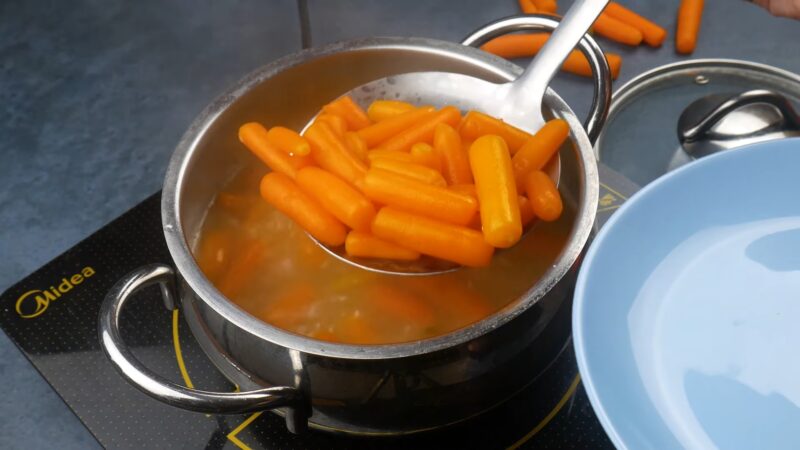
Opting to cook carrots before freezing is another common choice. This method, too, has its set of benefits and considerations.
| Pros of Freezing Cooked Carrots | Cons of Freezing Cooked Carrots |
|---|---|
| Convenience: Cooked carrots are ready to use, saving time in meal preparation. | Texture Changes: Cooked carrots may become softer or mushy after freezing and thawing. |
| Enhanced Flavor: Cooking can intensify flavors, leading to a richer taste when thawed. | Nutrient Loss: Some nutrients may be lost during the cooking and freezing process. |
| Versatility: Cooked carrots can be used in a wider variety of dishes, like soups, stews, and casseroles. | Flavor Changes: The taste may slightly differ from fresh cooked carrots due to freezing. |
| Reduced Enzymes: Cooking helps break down enzymes, which can enhance shelf life during freezing. | Blanching Required: Depending on the cooking method, blanching might be necessary before freezing to maintain quality. |
| Softness for Babies: Cooked and frozen carrots are suitable for babies who can’t chew raw carrots. | Limited Uses: Cooked frozen carrots may not be as suitable for raw applications like salads or snacks. |
| Even Freezing: Cooked carrots freeze more evenly, reducing the risk of freezer burn. | Condensation Risk: If not cooled properly before freezing, condensation can lead to freezer burn. |
| Versatile Prep: Cooked carrots can be mashed, pureed, or cut into various sizes before freezing. | Flavor Blending: Cooking with other ingredients before freezing can lead to blended flavors. |
Benefits of this method
When these vegetables are cooked before freezing, they often retain a texture closer to their fresh state upon thawing. This is especially beneficial for dishes where the carrot’s consistency is crucial. Additionally, pre-cooked vegetables can be directly incorporated into recipes, saving you the step of cooking them later on.
Potential Pitfalls
However, cooking can lead to a slight reduction in some of the carrot’s nutrients. Vitamins, especially those that are water-soluble, can leach out during the cooking process.
Also, cooking, cooling, and then freezing add more steps to the preservation process, which might be a deterrent for some.
How to Prepare the Vegetables for Freezing?
Regardless of whether you’re freezing them raw or cooked, the initial preparation of the carrots is crucial for optimal freezing results.
Step 1 – Gather Your Supplies
Collect the necessary supplies, including fresh vegetables, a sharp knife, a cutting board, a pot for blanching, an ice water bath, a colander, airtight freezer-safe bags or containers, and a marker for labeling.
Step 2 – Select Fresh Carrots
Choose fresh, firm carrots without blemishes or signs of spoilage. This ensures you’re freezing high-quality produce.
Step 3 – Wash and Peel
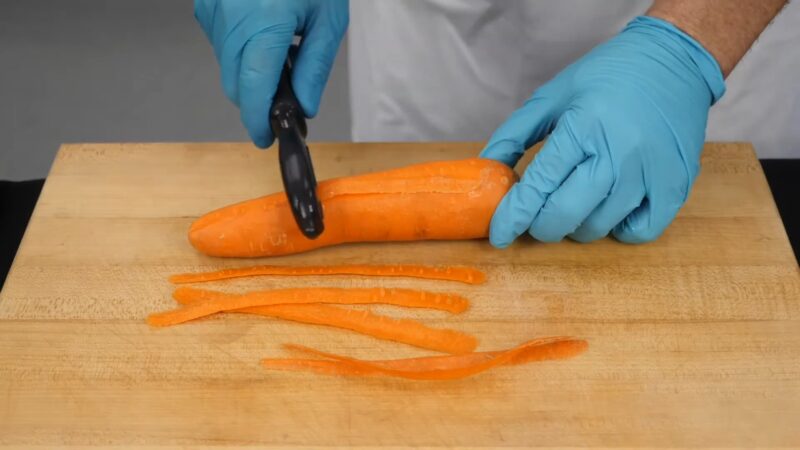
Wash the vegetables thoroughly under cold running water to remove dirt and debris. If desired, peel them using a vegetable peeler to remove the outer skin.
Step 4 – Trim and Cut
Trim the tops and bottoms of the carrots. Depending on your preference cut them into slices, sticks, cubes, or any desired shape. Smaller pieces freeze more evenly.
Step 5 – Blanching (Optional but Recommended)
For optimal texture and color retention, blanching is recommended. Bring a pot of water to a boil and add the carrot pieces. Boil for about 2-3 minutes (adjust for size), then immediately transfer them to an ice water bath to cool rapidly and halt the cooking process.
Step 6 – Drain and Dry
After blanching or washing, drain the carrot pieces in a colander to remove excess water. Pat them dry gently with a clean towel or paper towel.
Step 7 – Package for Freezing
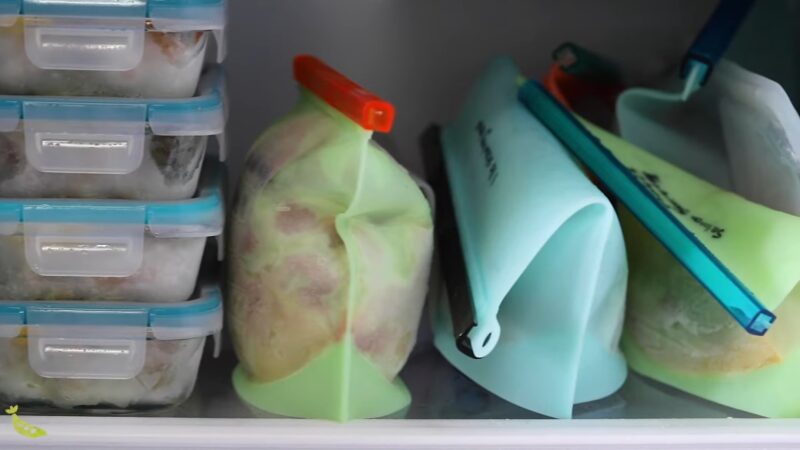
Place the prepared carrot pieces into airtight freezer-safe bags or containers. Leave some space for expansion. You can pack them in portion sizes suitable for your future recipes.
Step 8 – Remove Air and Seal
Squeeze out as much air as possible from the bags before sealing them. If using containers, make sure the lids are tightly secured.
Step 9 – Label and Date
Use a marker to label the bags or containers with the contents and the date of freezing. This helps you keep track of freshness.
Step 10 – Freeze Properly
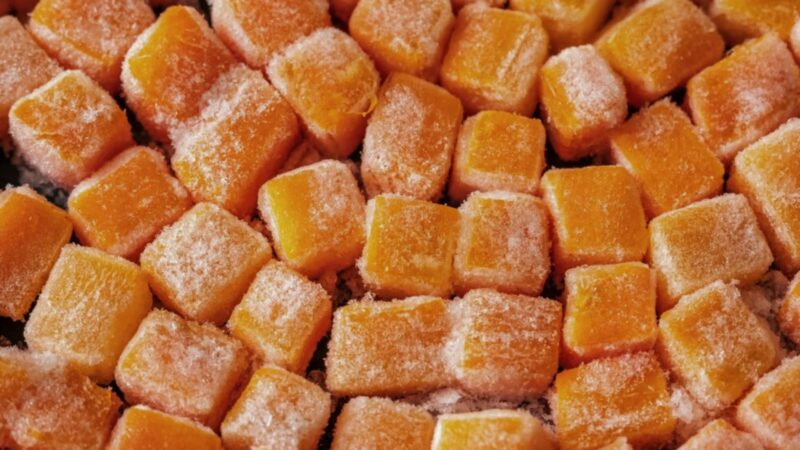
Place the labeled bags or containers in the freezer in a single layer initially, ensuring they’re not stacked or pressed against each other. Once they’re frozen solid, you can rearrange and stack them for efficient storage.
Step 11. Enjoy and Cook!
When you’re ready to use the frozen vegetables, remove the desired amount from the freezer and incorporate them into your favorite recipes. No need to thaw for most cooked dishes – simply add them directly to the pot or pan.
Storage Solutions
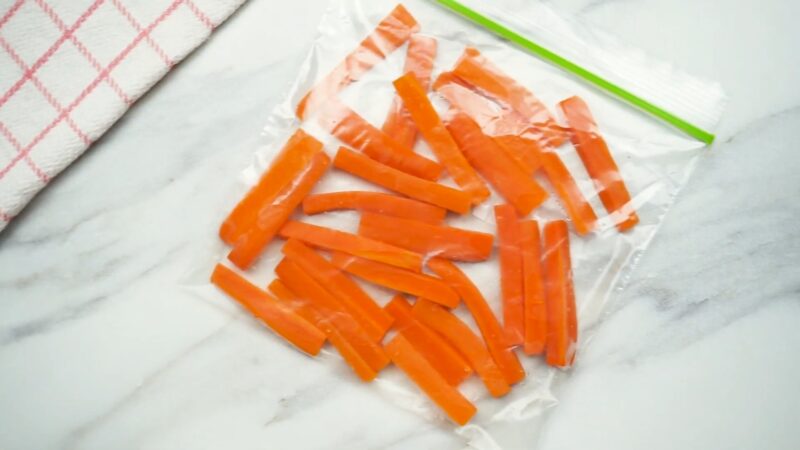
How you store your vegetables in the freezer can significantly impact their quality and longevity.
Vacuum Sealing vs. Zip Bags
Vacuum sealing is a method that extracts air from the storage bag, ensuring minimal exposure to oxygen, which can degrade food quality over time. This method offers superior protection against freezer burn and flavor loss.
On the other hand, zip bags are more readily available and can be effective if you ensure minimal air inside. However, they might not offer the same level of protection against moisture and air as vacuum-sealed bags.
Label and Date
It’s a simple step but crucial. Always label your bags or containers with the contents and the date of freezing. This practice ensures you can easily identify your produce and use older stock first, optimizing freshness.
Thawing Tips
For the best texture and flavor retention, it’s advisable to thaw your carrots in the refrigerator. This slow thawing process ensures even temperature distribution. If you’re pressed for time, immersing the bag in cold water can expedite the process.
However, avoid using the microwave for thawing, as it can lead to uneven thawing and a mushy texture.
Nutritional Impact of Freezing
While freezing is a fantastic preservation method, how does it impact the carrot’s nutritional profile?
Nutrient Retention
The good news is that most of the essential nutrients in carrots remain intact when frozen. In some cases, freezing can even be superior to long-term refrigeration, as certain nutrients degrade faster at refrigerator temperatures.
Losses in Cooking
It’s true that cooking can lead to some nutrient loss, especially when it comes to water-soluble vitamins like vitamin C. However, if you use the water in which the vegetables were boiled (for soups or stews, for instance), you can recapture some of those lost nutrients.
Tips for Maximum Freshness
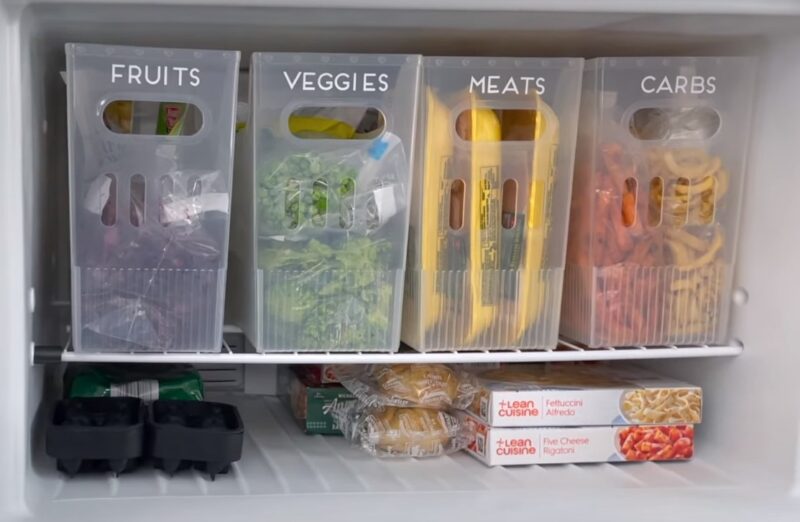
To ensure your frozen carrots remain as fresh as possible, consider these best practices.
Quick Freezing
The faster you can freeze your vegetables, the better the outcome. Rapid freezing, often achievable with commercial freezers or specialized freezing units, results in those smaller, less damaging ice crystals. This quick action ensures better texture and flavor retention.
Regularly Check Your Freezer
Your freezer’s performance is crucial in this preservation journey. Ensure it maintains a consistent temperature of 0°F (-18°C) or lower. Periodically inspect for signs of freezer burn, off-odors, or any inconsistencies.
FAQs:
Can I season carrots before freezing them?
While you can do this, it’s often better to add seasonings during cooking for better flavor distribution.
How long can I store them?
Properly frozen carrots can be stored for 10-12 months in the freezer.
Is it possible to freeze them without cutting them into pieces?
Yes, you are free to do so. Just remember that larger pieces may take longer to thaw and cook.
How do I blanch the vegetables before freezing them?
Boil them for 2-3 minutes, then transfer them to an ice water bath to stop the cooking process.
Can I freeze carrot greens?
These are typically not recommended for freezing, as they can become wilted and lose flavor.
Raw vs. Cooked: The Verdict
After delving into the details, which method emerges as the winner? If flavor and texture are your primary concerns, freezing raw carrots might have a slight edge. They retain a more authentic flavor and, with proper freezing, can maintain a satisfactory texture.
However, for those who prioritize convenience and a more predictable texture upon thawing, the cooked method might be preferable. Nutritionally speaking, both methods are commendably close. Raw freezing might retain a smidgen more of certain nutrients, but the difference is often negligible.
It’s more about personal preference and intended use than a clear nutritional advantage. When deciding between these methods, it’s essential to weigh the pros and cons based on your intended usage. Consider factors such as texture, flavor, cooking versatility, and nutritional retention, and enjoy this amazing vegetable at any time.
Related Posts:
- How to Keep Apples From Turning Brown? Discover the…
- How Long Does Cooked Tofu Last? - The Right Storage for Tofu
- How To Cook Brats In The Oven: A Quick and Tasty Oven Method
- 10 Best Infrared Grill 2023 - For Perfectly Cooked Meats
- 10 Best Roaster Oven 2023 - Perfectly Cooked Meals…
- Do K-Cups Go Bad and Expire? - Best Before Date and Storage

